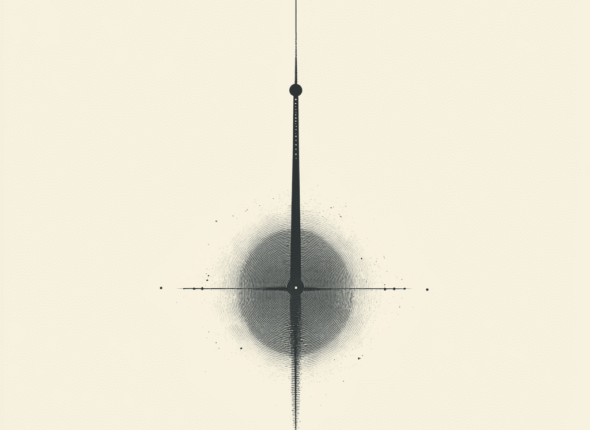Blog
Public-Key Quantum Fire and Key-Fire From Classical Oracles
Quantum fire was recently formalized by Bostanci, Nehoran and Zhandry (STOC 25). This notion considers a distribution of quantum states that can be efficiently cloned, but cannot be converted into a classical string. Previously, work of Nehoran and Zhandry (ITCS 24) showed...
Hierarchical Distributed Architecture for the Least Allan Variance Atomic Timing
In this paper, we propose a hierarchical distributed timing architecture based on an ensemble of miniature atomic clocks. The goal is to ensure synchronized and accurate timing in a normal operating mode where Global Navigation Satellite System (GNSS) signals are available, as...
Natural Policy Gradient for Average Reward Non-Stationary RL
We consider the problem of non-stationary reinforcement learning (RL) in the infinite-horizon average-reward setting. We model it by a Markov Decision Process with time-varying rewards and transition probabilities, with a variation budget of $\Delta_T$. Existing non-stationary RL algorithms focus on model-based and...
FeedQUAC: Quick Unobtrusive AI-Generated Commentary
Design thrives on feedback. However, gathering constant feedback throughout the design process can be labor-intensive and disruptive. We explore how AI can bridge this gap by providing effortless, ambient feedback. We introduce FeedQUAC, a design companion that delivers real-time AI-generated commentary from...
PixelWeb: The First Web GUI Dataset with Pixel-Wise Labels
Graphical User Interface (GUI) datasets are crucial for various downstream tasks. However, GUI datasets often generate annotation information through automatic labeling, which commonly results in inaccurate GUI element BBox annotations, including missing, duplicate, or meaningless BBoxes. These issues can degrade the performance...
Development of the Beam Monitor Detectors for the Low-E Beamline at the CERN SPS H2 Line
A series of beam tests were conducted at the KEK AR test beamline in ordet to investigate the performance of a prototype detector for instrumentation in the low-E beamline at the CERN H2 line. For the silicon strip detector, the simultaneous readout...
Cooperative-Memory Photonic Reservoir using Modulation Nonlinearity: Circumventing the Speed Constraints of Nonlinear Silicon Microring Resonators
Complex dynamics of silicon microring resonators loaded by delayed feedback elements enable high-speed photonic reservoir computing. Implementing feedback is especially challenging when the required delay should match the time scales of silicon’s nonlinearities. To increase the computation speed and preclude any need...
Spectral stability of periodic traveling waves in Caudrey-Dodd-Gibbon-Sawada-Kotera Equation
We study the spectral stability of the one-dimensional small-amplitude periodic traveling wave solutions of the (1+1)-dimensional Caudrey-Dodd-Gibbon-Sawada-Kotera equation. We show that these waves are spectrally stable with respect to co-periodic as well as square integrable perturbations. Este artículo explora los viajes en...
Energy Rates Due to Weak Decay Rates of Vanadium Isotopes in Stellar Environment
The neutrino cooling and gamma heating rates are considered as an important input needed to study the final phases of the evolution of high-mass stars. The weak-interaction mediated processes, namely the $\beta$-decay and electron capture, significantly change the lepton to baryon ratio...
iTFKAN: Interpretable Time Series Forecasting with Kolmogorov-Arnold Network
As time evolves, data within specific domains exhibit predictability that motivates time series forecasting to predict future trends from historical data. However, current deep forecasting methods can achieve promising performance but generally lack interpretability, hindering trustworthiness and practical deployment in safety-critical applications...


